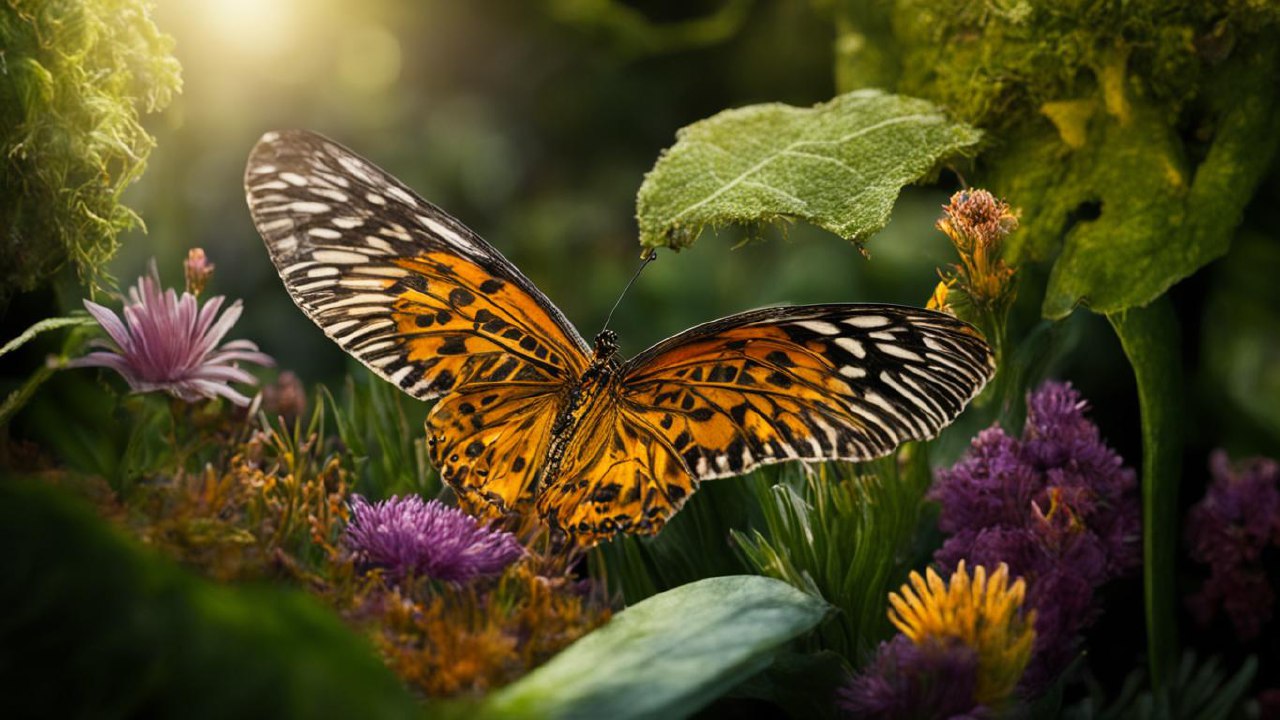Devising a wildlife-friendly flowers isn’t just about beautifying your rustic space; it’s about supporting a thriving ecosystem that supports a various array of plants, animals, and insects. By combining wildlife-friendly practices into your horticulture routine, you can attract beneficial being, promote biodiversity, and help the health of the environment.
Attending’s how to create a flowers that welcomes birds, bees, butterflies, and different creatures:
- Choose Native Plants: Native plants are used to your local climate, soil, and being, making them ideal choices for a being-friendly garden. They determine food and habitat for native bugs, birds, and other being, while also requiring less water and perpetuation than non-native species. Research native plants in your field and incorporate them into your flowers to create a natural residence for local wildlife.
- Provide Cuisine Sources: Plant a variety of blooming plants, shrubs, and forests that produce nectar, pollen, children, and berries throughout the period. This ensures a steady supply of meal for birds, bees, butterflies, and added pollinators. Consider establishiing species with various bloom times to provide unending food sources from spring to fall. You can likewise install bird feeders, fowl baths, and nectar feeders to supplement healthful food sources.
- Create Shelter: Being requires shelter for nesting, settle, and protection from predators and the fundamentals. Incorporate diverse plants, such as saplings, shrubs, grasses, and wildflowers, to create tiers of habitat that provide cover and shelter for various species. Leave dead trees, logs, and brush piles undamaged to provide additional shelter and residence for wildlife.
- Determine Water: Access to clean water is essential for wildlife endurance, especially during vehement and dry periods. Install a birdbath, pond, or ignorant dish filled accompanying water to provide drinking and soaping opportunities for fowls, butterflies, and other being. Make sure to clean and refill water beginnings regularly to prevent the spread of ailment and ensure a constant supply of new water.
- Minimize Synthetic Use: Avoid using pesticides, herbicides, and artificial fertilizers in your garden, as these chemicals can harm being and disrupt the natural balance of the environment. Instead, practice organic horticulture methods in the way that hand-pulling weeds, utilizing natural predators to control epidemic, and enriching the soil with fertilizer and organic amendments.
- Constitute Wildlife Residences: Incorporate specific face into your garden to attract and support various types of wildlife. Install birdhouses, sock boxes, and butterfly houses to supply nesting sites for fowls, bats, and butterflies. Plant host plants for worry larvae and provide nesting fabrics for birds, such as twigs, leaves, and grasses.
- Embody Messiness: Resist want to tidy up your flowers too much, as a little slice of wildness can be advantageous for wildlife. Leave some districts of your garden untamed, accompanying dense plants, leaf litter, and fallen arms, to provide habitat for bugs, amphibians, and small animals. Allow plants to naturally self-children and spread, creating a more diverse and vital ecosystem.
- Experience and Inspire: Share your passion for being-friendly gardening accompanying others and inspire your society to create their own wildlife residences. Host workshops, tours, or occurrences to teach others about the significance of supporting local wildlife and determine resources and guidance for forming their own wildlife-friendly flowers. By spreading knowledge and knowledge, you can help create a network of pertain wildlife habitats that benefit two together people and wildlife.
Finally, creating a wildlife-companionable garden is a pleasing and fulfilling endeavor that allows you to buy and sell nature, promote biodiversity, and form a positive impact on the surroundings. By following these tips and practices, you can transform your garden into a port for wildlife, place birds sing, worry flutter, and bees buzz, creating a throbbing and thriving ecosystem right outside your entrance to building.
